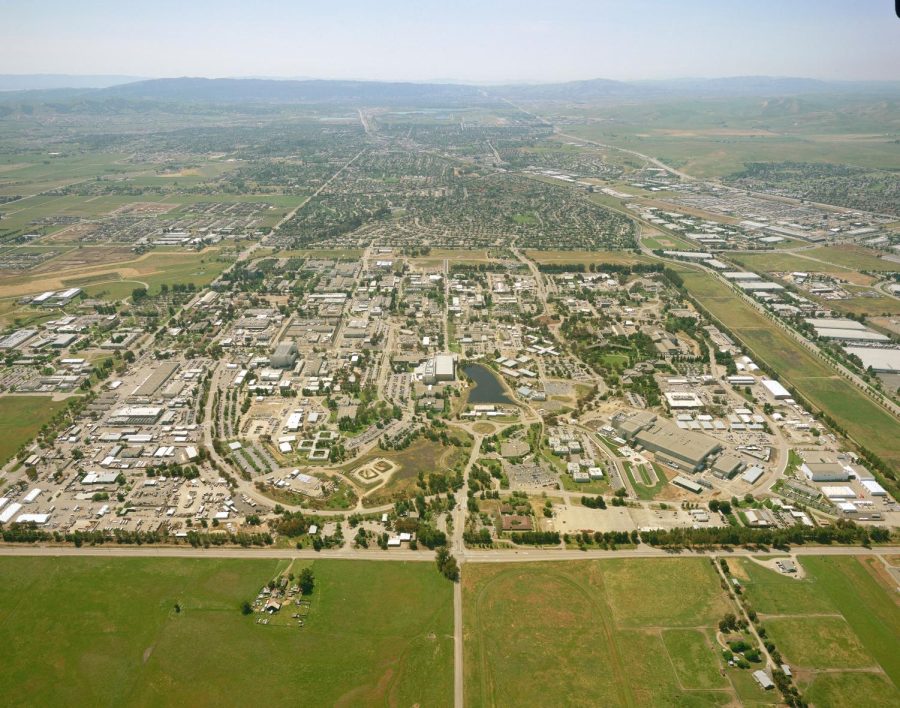BREAKING: National Ignition Facility Achieves Major Breakthrough With Nuclear Fusion
The National Ignition Facility at California’s Lawrence Livermore National Laboratory announced on Tuesday that the research team had successfully achieved their goal of fusion “ignition.”
The Department of Energy Secretary Jennifer Granholm announced at a press conference that the research team had successfully produced a nuclear fusion reaction with net energy gain for the very first time in human history.
“It’s the first time it has ever been done in a laboratory. Anywhere in the world,” Granholm excitedly relayed to attendees.
Fusion reactions have been feasibly produced in years prior, dating all the way back to the nuclear bomb testing era of the 1950s, but none have been as fruitful as this most recent discovery.
Uncontrolled nuclear fusion bombs have been able to produce untold amounts of thermal energy when detonated, but therein lies the catch: the reaction is uncontrolled and highly explosive. Meanwhile, efforts to recreate fusion in a controlled laboratory environment have also been somewhat successful, but the energy required to actually produce the fusion reaction was greater than the energy produced by the reaction being created.
That all changes with this new breakthrough. This “net energy gain” essentially means that they were able to solve the problem of attempting to recreate fusion in a laboratory environment; they were able to produce more energy than the amount of energy required to produce the reaction.
Nuclear fusion is the process of taking extremely lightweight atoms, such as hydrogen and creating a highly heated and pressurized environment such that solid matter itself begins to fuse together, creating an almost inconceivable amount of thermal energy that can be converted into electricity.
There are two main types of fusion reactors: Tokamak configuration and inertial confinement configuration. The National Ignition Facility uses an inertial confinement setup, in which a series of very precise and powerful lasers shoot a beam at a tiny capsule containing a very small amount of hydrogen. The blast from the lasers melts away the capsule and heats up the hydrogen to such a point that the hydrogen atoms fuse together into helium, thereby creating a fusion reaction.
Nuclear fusion has been a fond dream of many scientists across the world not only because of its electricity generation benefits, but also its overall clean environmental impact.
“This milestone moves us one significant step closer to the possibility of zero-carbon abundant fusion energy powering our society,” remarked Granholm.
While nuclear fusion power plants are still many years away from reality, this breakthrough represents a crucial step forward for nuclear fusion as a whole. The National Ignition Facility is expected to continue their research efforts.

















